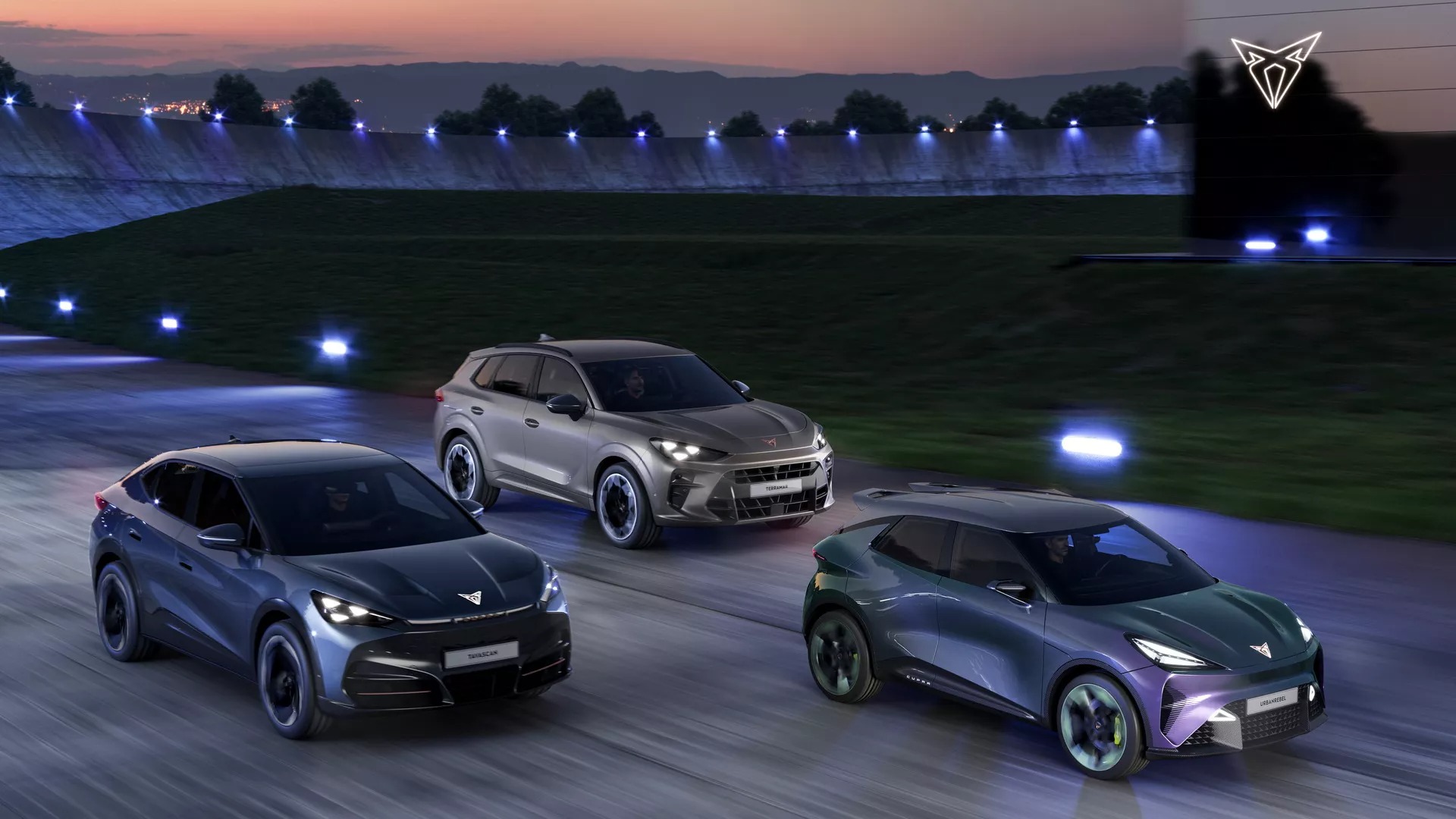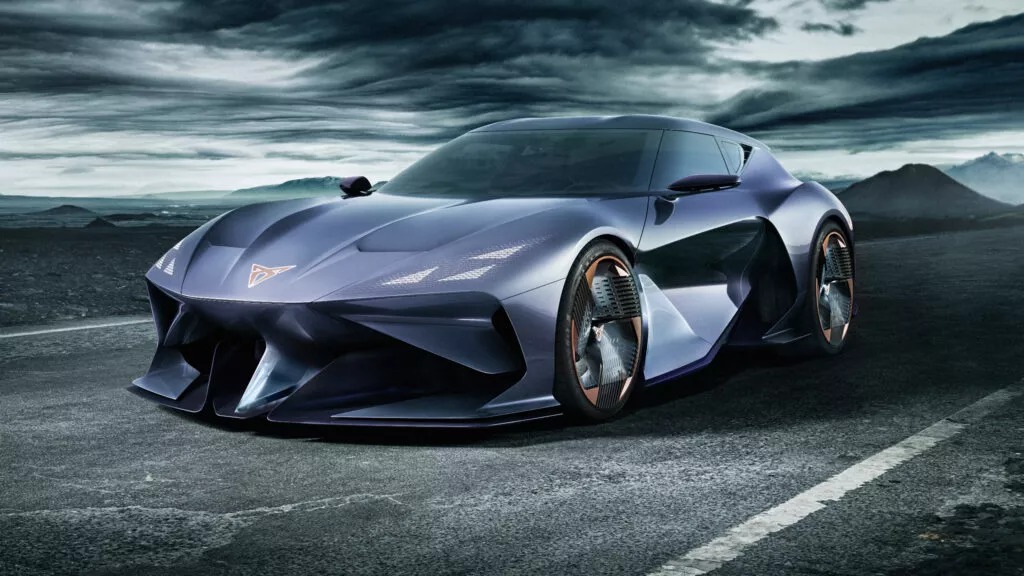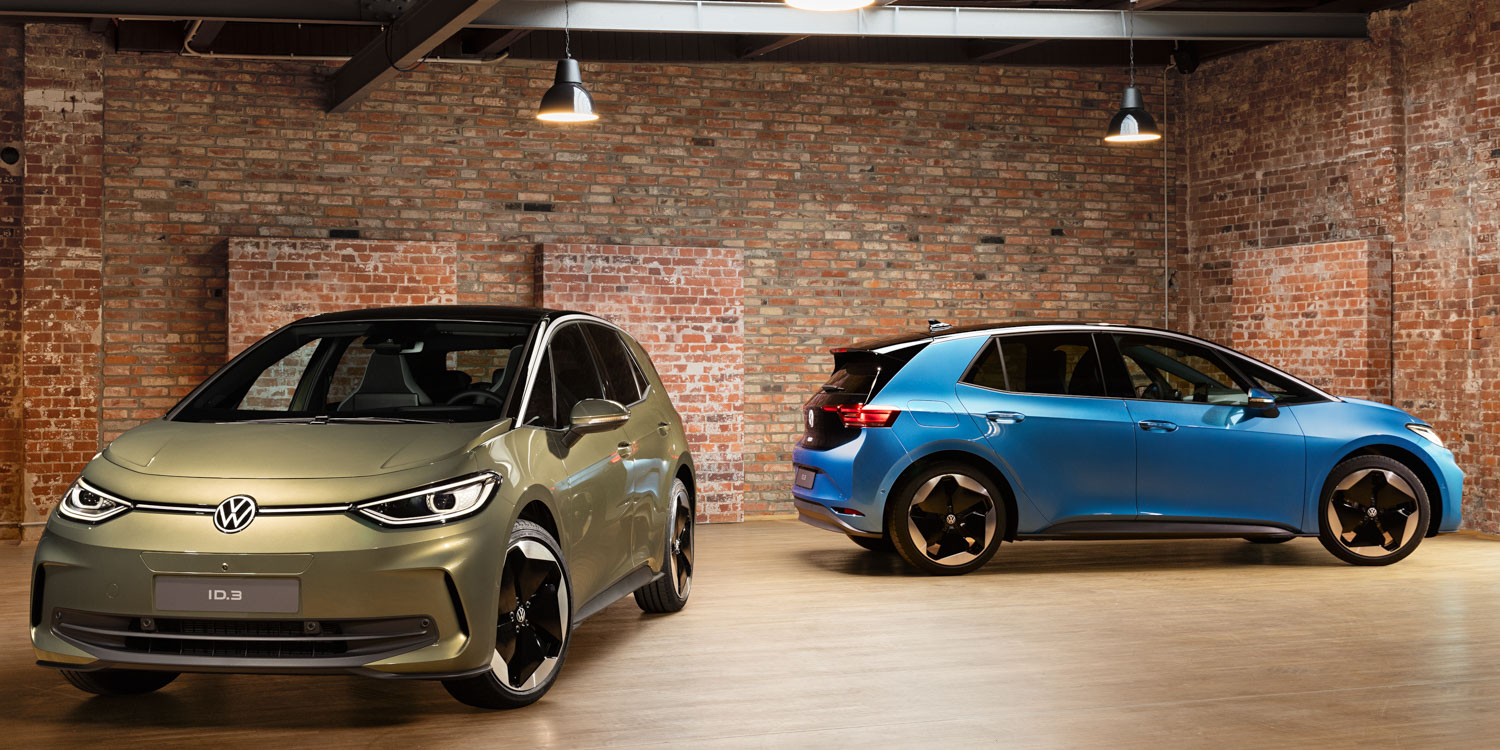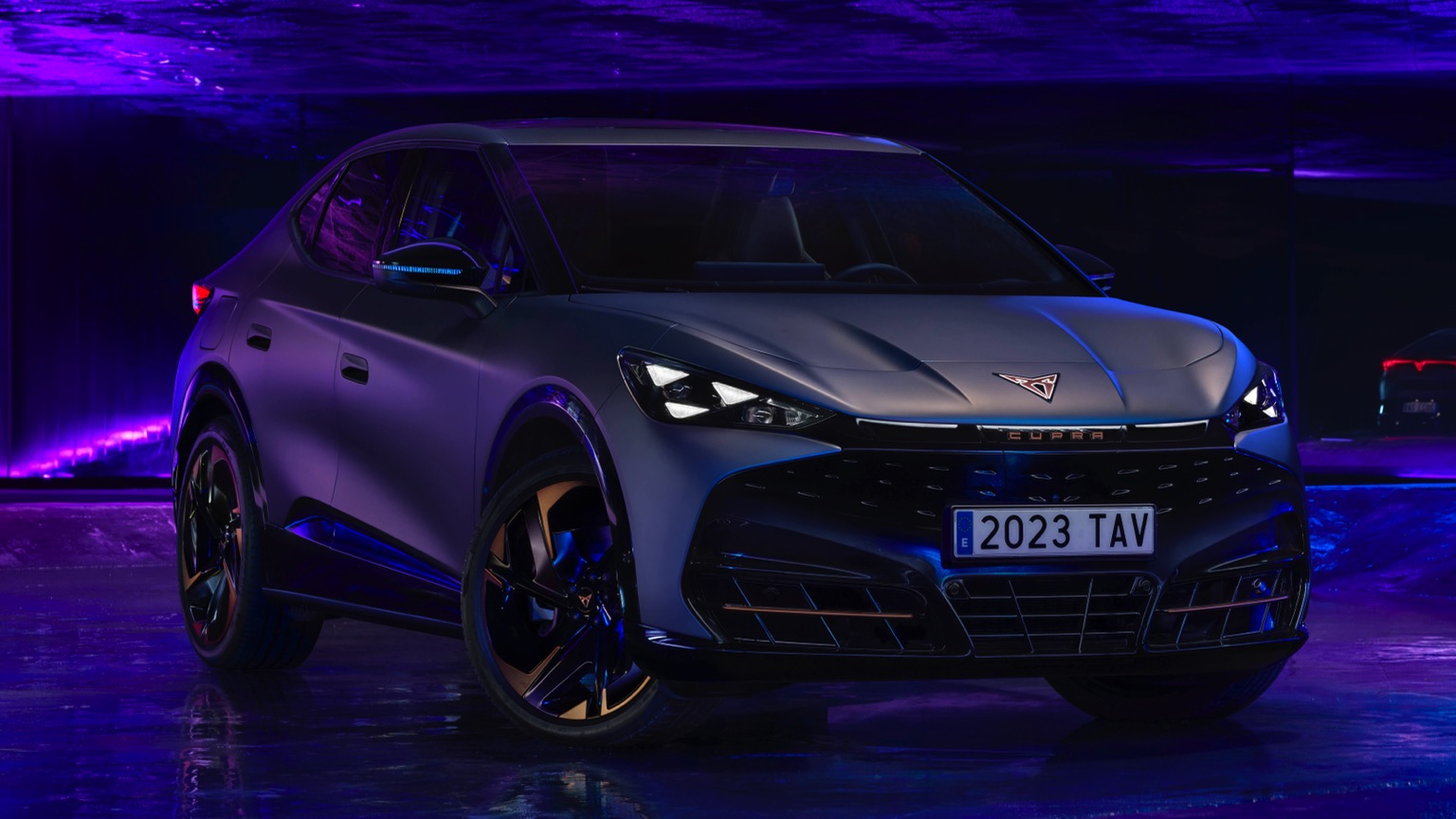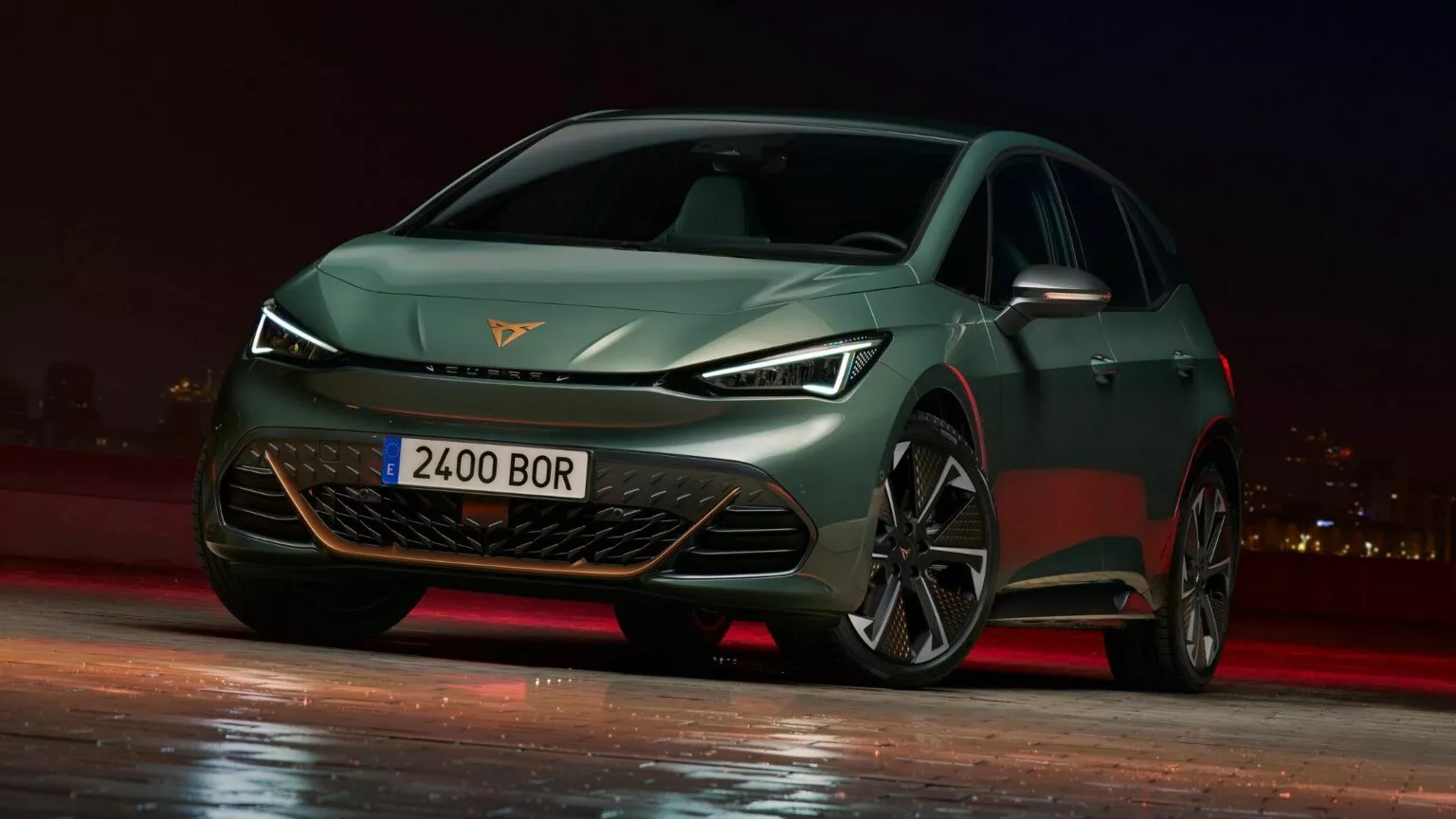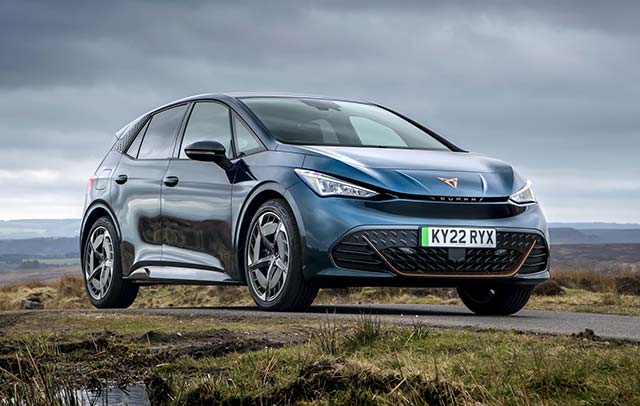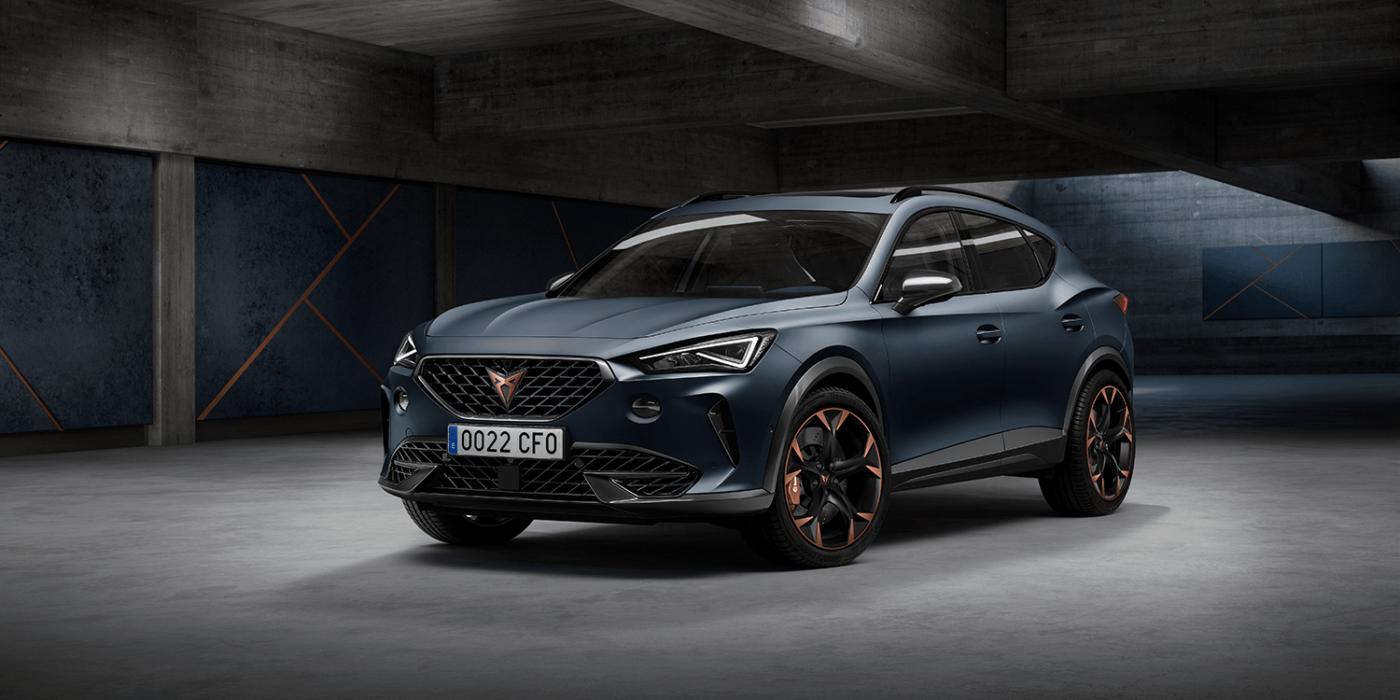Seat’s CEO, Wayne Griffiths, has confirmed that the company has no plans to launch an electric vehicle (EV) until at least 2026, with Cupra being their priority in terms of electrification. Speaking at the annual press conference of Seat and Cupra, Griffiths stated that “the new electric cars we are focused on at the moment are for Cupra. We cannot electrify both brands at once. Seat is combustion, Cupra is BEV. I think the idea that the two brands complement each other, being in the market at the same time, particularly during this transition phase, makes a lot of sense.”
This decision means that Seat will be left without a single EV model in its range for a few more years, unlike the vast majority of its rivals which have already progressed into the zero-emission era. Instead, the Spanish brand will focus on its existing ICE-powered lineup and its micro-mobility offerings which are using electric powertrains. This strategy is reflected in Seat’s plan to introduce an electric heavy quadricycle in the future, previewed by the 2019 Seat Minimo concept.
See also: Cupra, Volkswagen’s subsidiary, will launch three electric vehicle models by 2025
Griffiths confirmed that decisions on the future electrification of the Seat brand will be taken at a later date. Last year, VW’s CEO Thomas Schäfer assured everyone that Seat’s future is secured until at least 2028 or 2029, following earlier rumors about a possible demise.
Meanwhile, Cupra, which already offers the Born compact EV, will expand its zero-emission lineup with the addition of the Tavascan SUV in 2024 and a smaller hatchback in 2025, closely previewed by the UrbanRebel concept. All three of the MEB-based Cupra EVs have mechanically related siblings from Volkswagen, Audi, and Skoda.
While Cupra became an independent brand as recently as 2018, it quickly showed its potential in terms of sales and profits. Cupra sold 152,900 vehicles in 2022, almost doubling its numbers compared to 2021. This helped parent Seat S.A. to record operating profits of €179 million and a turnover of €10.5 million, being profitable for the first time since 2019. In the first two months of 2023, Seat S.A. has recorded 71,500 deliveries, representing a 27% increase compared to last year, breaking down to a 12% increase for Seat and a 75% increase for Cupra.
See also: Volkswagen to invest $10 billion in electric vehicle projects in Spain
As the CEO of Seat and Cupra, Griffiths has made it clear that the sportier and more premium of the two would prevail – at least in terms of R&D investment allocation. While Seat’s decision not to introduce an EV in the near future may surprise some, the focus on Cupra and the company’s micro-mobility offerings suggests that Seat is committed to providing alternative transportation solutions for its customers while prioritizing profitability.

